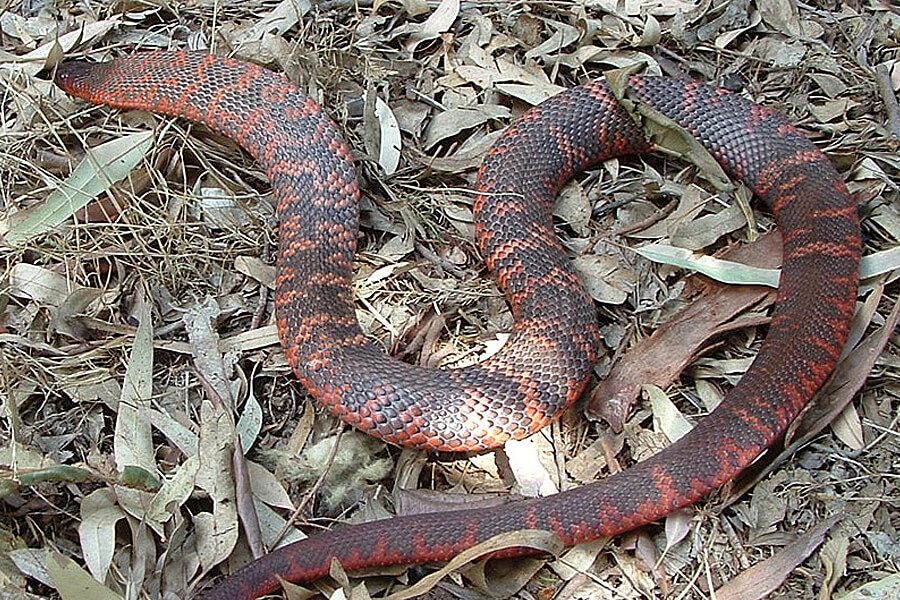Introduction
Snake bites, while often sensationalized in movies and media, are a serious concern worldwide. In particular, the risk of snake bites increases in areas where humans encroach on natural habitats. While it’s essential to understand how to avoid being bitten in the first place, knowledge about first aid for snake bites is equally crucial. This article will delve into the preparation and response required for snake bites at home, equipping you with the knowledge to handle such emergencies effectively.
First Aid for Snake Bites: What You Need to Know
Understanding first aid for snake bites can save lives. It involves immediate actions taken before medical help arrives. The first step is identifying whether the snake is venomous or non-venomous; however, this can be challenging during an emergency. Therefore, it's vital to treat all snake bites as potentially dangerous.

The Importance of First Aid for Snake Bites
In case of a snake bite, prompt intervention can significantly reduce complications. According to studies in Australia—where some of the world's most venomous snakes reside—the mortality rate from snake bites can be minimized through effective first aid measures.
Recognizing Snake Bites: Signs and Symptoms
Common Symptoms of Snake Bites
When someone experiences a snake bite, they may exhibit various symptoms:
- Pain: Immediate pain around the bite area. Swelling: Rapid swelling that may spread beyond the bite site. Discoloration: Changes in skin color around the bite area. Nausea: Some individuals may feel nauseated or dizzy.
Recognizing these symptoms can help assess whether professional medical attention is required urgently.
Preparing a Snake Bite First Aid Kit
Every household should have a well-stocked first aid kit tailored for emergencies like snake bites. Here’s what you should include:
Essential Items for Your Snake Bite First Aid Kit
| Item | Purpose | |-----------------------------|-------------------------------------------------| | Sterile gauze pads | To cover the wound and prevent infection | | Elastic bandage | For compression (only if instructed) | | Antiseptic wipes | To clean the area around the bite | | Pain relievers | To alleviate pain before medical help arrives | | Emergency contact numbers | Including poison control and local hospitals |
Where to Store Your First Aid Kit?
Keep your kit in an easily accessible location known to every family member. Regularly check its contents to ensure nothing is expired or missing.
First Aid Management of Snake Bite
The management of a snake bite must be methodical and calm:
Immediate Steps to Take After a Bite
Stay Calm: Encourage the victim to remain as calm as possible; anxiety can increase heart rate and spread venom more quickly. Limit Movement: Keep the person still; movement can accelerate venom flow. Positioning: If possible, position them so that the bitten limb is immobilized and kept below heart level.How to Treat Snake Bite First Aid? Steps You Should Follow
Following initial steps, here’s how you should manage a snake bite:

First Aid Treatment for Snake Bite: What Not To Do
To avoid exacerbating injuries:
- Never apply ice directly on the wound. Do not administer alcohol or any other narcotics unless prescribed by professionals.
First Aid Care for Snake Bite at Home
Taking care of a types of snakes in Australia person who has been bitten requires compassion and steadiness:
Provide Emotional Support
Emotional support can make golden crowned snake a significant difference in stressful situations:
- Reassure them that help is on the way. Keep them engaged by talking calmly about their surroundings.
Recognizing Venomous vs Non-Venomous Snakes
Knowing how to differentiate between venomous and non-venomous snakes can guide your response during an emergency.
Key Differences Between Venomous and Non-Venomous Snakes
| Characteristic | Venomous Snakes | Non-Venomous Snakes | |---------------------------|---------------------------|--------------------------| | Head Shape | Triangular | Oval or rounded | | Pupils | Elliptical | Round | | Color Patterns | Brightly colored | Dull colors |
While this information is useful, remember that immediate first aid takes precedence over identification after a bite occurs.
Staying Informed: Resources for First Aid Training
Education plays a critical role in preparedness:
What Are Reliable Sources?
Look into local health organizations or Red Cross programs offering courses on first aid management specifically focused on snakes.
FAQ Section
1. What should I do if I suspect someone has been bitten by a snake?
Remain calm, limit their movement, clean any wounds if possible, and seek emergency medical assistance immediately.
2. How do I know if a snake is venomous?
Some key indicators include head shape (triangular), pupil shape (elliptical), and bright color patterns but don’t rely solely on this during an emergency.
3. Can I treat a snake bite at home?
While you should provide initial care like keeping them calm until help arrives, definitive treatment must come from healthcare professionals.
4. Is it safe to apply ice to reduce swelling?
No! Applying ice might cause tissue damage; elevate instead if possible without moving too much.
5. How long do I have before serious effects occur from envenomation?
This varies depending on factors like type of snake and individual health conditions; therefore, seek immediate medical attention regardless.
6. Should I try sucking out venom?
No! This method is ineffective and could worsen injuries; focus on proper immobilization until help arrives instead.
Conclusion
Understanding first aid for snake bites at home prepares you not only physically but mentally as well for potential emergencies involving snakes. By equipping yourself with knowledge about preparation methods—including assembling an appropriate snake bite first aid kit—and knowing how to respond effectively when faced snake bite first aid images with such situations, you enhance safety for yourself and those around you remarkably.
Always remember that while your initial actions are critical, professional medical care remains essential after any suspected envenomation occurs!